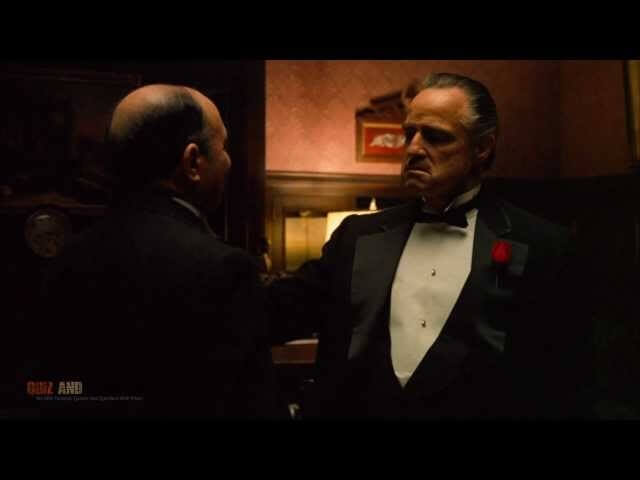R.I.P. Gordon Willis, famed cinematographer of The Godfather

The Godfather, Annie Hall, The Parallax View, All the President’s Men, Klute—all of these films bear the visual stamp of Gordon Willis. Willis was one of the preeminent cinematographers of the New Hollywood, the generation of filmmakers that effectively redefined American movies in the 1970s. His expressive use of warm-toned light and deep shadows—which led fellow cinematographer Conrad L. Hall to nickname him “The Prince of Darkness”—left an indelible mark on cinema. His depictions of New York, in films like Manhattan and The Godfather: Part II, shaped countless subsequent portrayals of the city and its history.
Variety reports that Willis, who retired almost two decades ago, has died. He was 82.
Born into a showbiz family in Astoria, Queens, Willis originally set out to become an actor. His interest in theater soon turned into an interest in lighting, which gave way to photography. As a young man, he worked as a fashion photographer in Greenwich Village, occasionally picking up odd jobs on movie sets through his father, a make-up artist.
Willis joined the Air Force at age 20, and spent four years in its motion picture unit before beginning a long career as a camera operator and assistant. It was a slow climb. Willis was almost 40 when he became a director of photography; by that time, he’d accumulated countless credits shooting commercials, TV shows, and concerts.
His first film credit came in 1970, at the very start of the decade with which his work would become closely associated. Over the course of the next 10 years, Willis shot three Best Picture winners—The Godfather, The Godfather: Part II, and Annie Hall—and countless classics. The fact that Willis wasn’t nominated for a single Oscar during this period is often cited as one of the Academy’s major oversights; he eventually received an honorary award in 2010, “for unsurpassed mastery of light, shadow, color, and motion.”
Willis did his best-known work with three major filmmakers of that period: Alan Pakula, Woody Allen, and Francis Ford Coppola. He also worked extensively with director James Bridges—shooting The Paper Chase and Brights Lights, Big City, among others—and collaborated with James Toback (on The Pick-Up Artist) and Hal Ashby (on The Landlord). In 1980, he made his one and only attempt at directing: the handsome, but little-loved, Windows. Willis retired from the industry in the 1990s, ending his career with Pakula’s final film, The Devil’s Own (1997).
A no-nonsense artist, Willis became known as a cinematographer’s cinematographer, influencing generations of filmmakers. He emphasized craft and consistency over flash. He entered the industry at a time when camera and lens technology was rapidly changing, but preferred reliable tools over fads. His “toolbox” was so consistent that, for years, Panavision maintained a specific set of cameras and lenses just for him, to be picked up whenever he was shooting a project.
Willis once said that a cinematographer’s job wasn’t “to recreate reality, but to represent it.” His images—heightened, dramatic, but still grounded in a sense of the real world—changed not only American cinema, but the way American culture views itself.